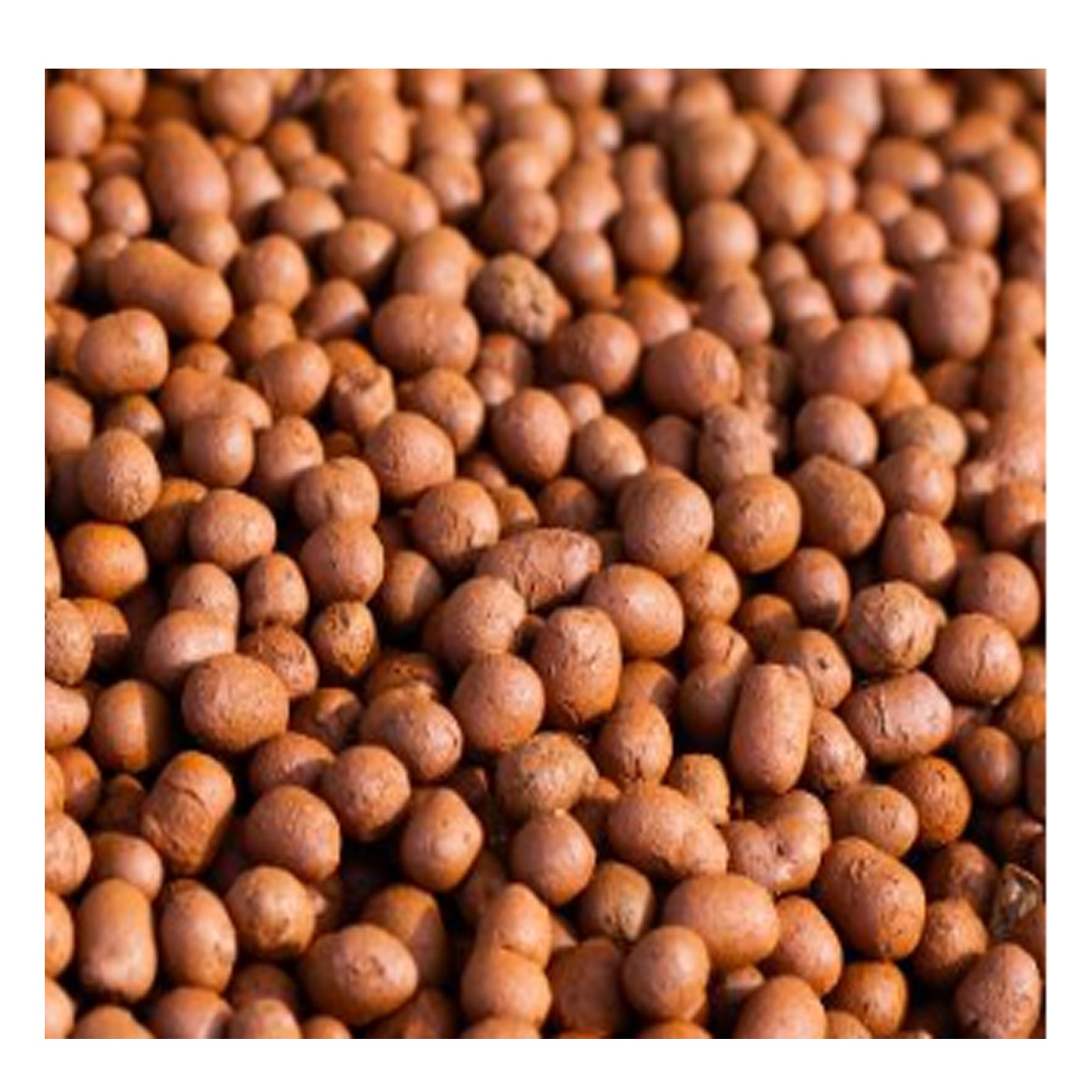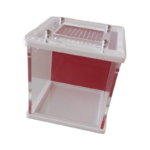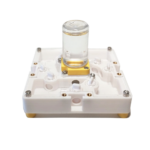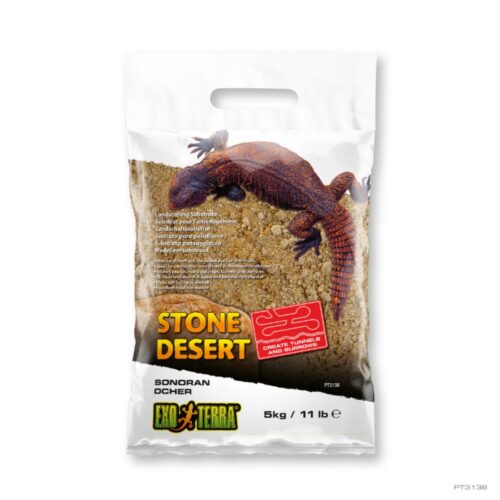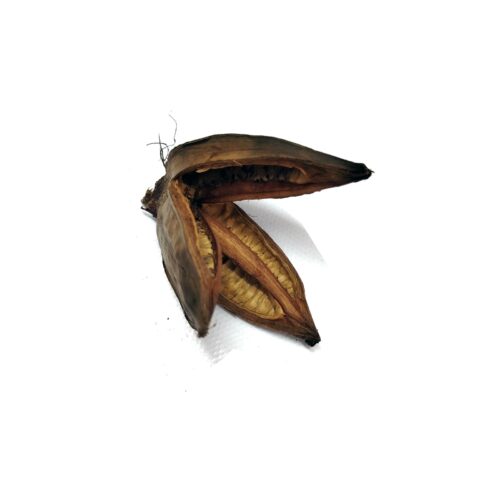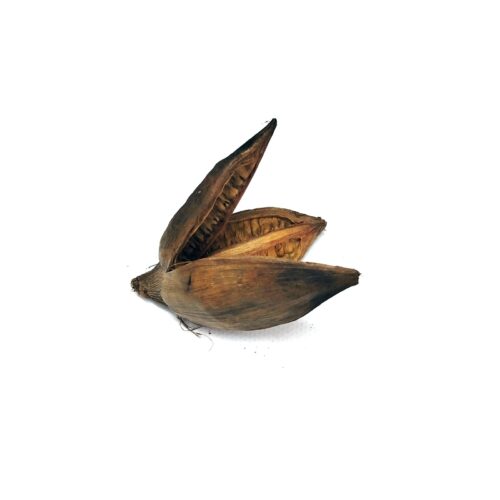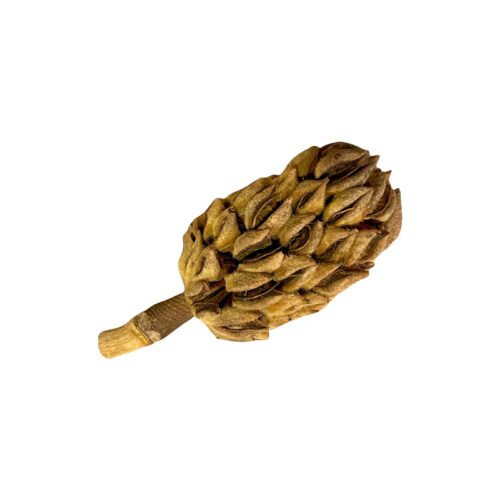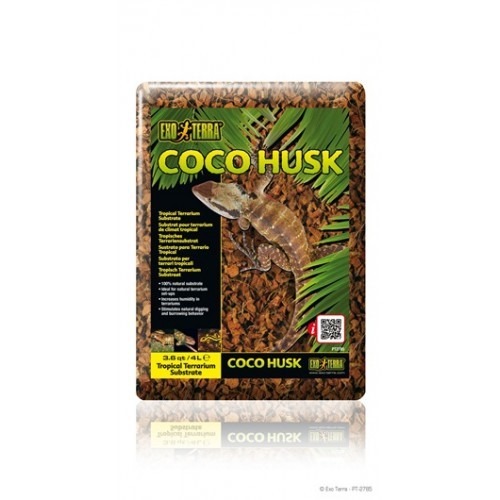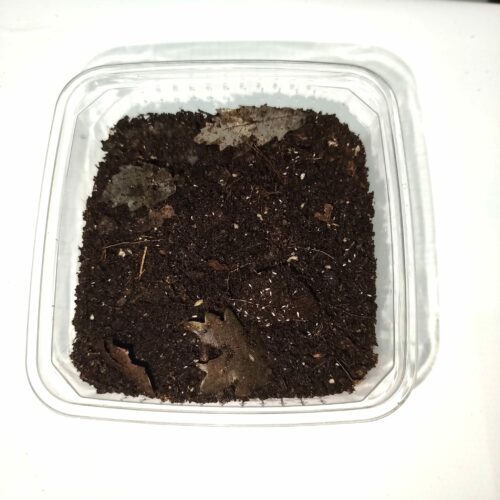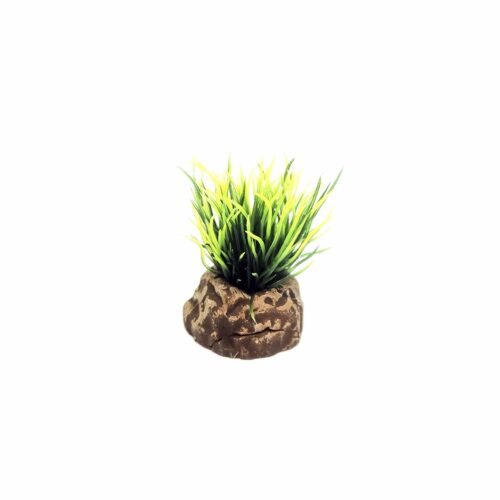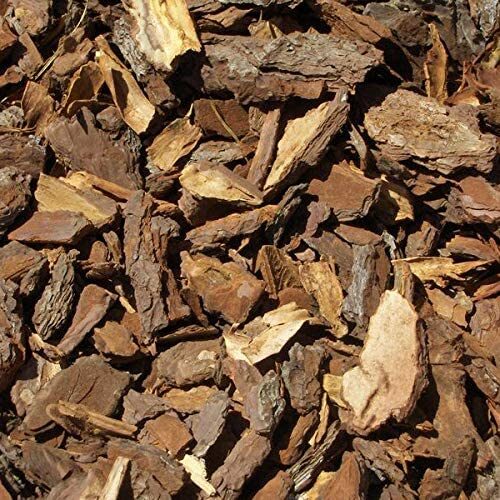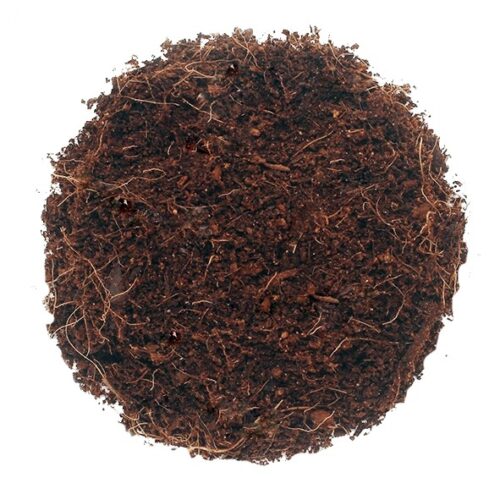Expanded clay
1,50€ – 6,50€Price range: 1,50€ through 6,50€
Expanded clay grain from 3 to 8 mm.
In the construction of artificial ant nests, the choice of materials plays a crucial role in creating an optimal environment for ant colonies. One of the standout materials in this context is expanded clay. In this text, we will explore the benefits of using expanded clay in artificial ant nests, focusing on its ability to control moisture and contribute to decoration.
Benefits of Expanded Clay in Artificial Ant Nests
Moisture Control
Expanded clay is an effective solution for regulating moisture in artificial ant nests. Its highly porous structure acts as a natural regulator, absorbing and releasing moisture as per the colony’s needs. This precise environmental control is essential since many ant species require specific moisture conditions to thrive. Expanded clay ensures that the habitat is optimal, preventing issues such as dryness or excess moisture.
Natural Decoration
Expanded clay is not only functional but also lends a natural aesthetic to artificial ant nests. Its earthy texture and color resemble the substrate found in nature, contributing to the creation of a realistic environment. This benefits not only the ants but also enhances the observation experience for enthusiasts, creating an ant nest that more closely resembles their natural habitat.
Facilitates Construction
Ants are skilled builders, and expanded clay provides them with an ideal material for creating their subterranean structures. Easily excavatable, ants can use expanded clay to dig tunnels and chambers more efficiently, resulting in an artificial ant nest with a more elaborate and functional network of passages.
Conclusion
Expanded clay is an exceptional material for artificial ant nests, offering significant advantages in terms of moisture control, natural decoration, and ease of construction for ant colonies. If you wish to provide your ants with an environment that mimics their natural habitat and allows them to thrive, the use of expanded clay is a smart and versatile choice.
| Options |
0.5 liter ,1 liter ,5 liters |
|---|
Related products
Exo Terra Stone Desert Substrate (Sonoran Ocher)
Sold out
Sororoca flower
Sold out
Magnolia pod
there is stock
Coconut Fiber (4L Bag)
Sold out
Bioactive substrate with microfauna
there is stock
Coconut fiber substrate for ants
there is stock

